Over 700 aircrew veterans reunited Friday and Saturday to remember their time in the service together at the former Brunswick Naval Air Station.
The gathering at the Brunswick Naval Air Station Museum commemorated the 10th anniversary of the air station’s closure and celebrated the aircrew members who flew from the air station for over seven decades to conduct anti-submarine patrols and reconnaissance missions, in particular during the Cuban Missile Crisis and Cold War. Generally, the crews’ mission was to hunt and track Soviet submarines in the Atlantic Ocean.
“Most of our mission was flying less than 2,000 feet over water, so the ride was always bumpy,” said Robert Ryan of Durham, a former aviation electronics technician based in Brunswick. “It always smelled like a mix of JP-5 jet fuel, gun smoke and cigarette smoke. Some guys couldn’t do it.”
Martin Dease of New York, who held an electronic warfare position on an airplane, said he remembers the constant droning of the plane’s propellers being drowned out by the headsets the crew wore to communicate. Dease was based at Brunswick Landing from 1985 through 1988.
Though the ride was unpleasant at times, many veterans said they don’t remember ever being afraid on a mission. Instead, they said they focused on the task at hand and relied on their fellow squadron members to keep each other safe.
“I think the scariest thing was when you knew someone in another aircraft suffered a mishap, then you felt vulnerable,” said Ryan, who came to Maine from California in 1992 to work at the air station and never left. “When you’re in the plane and people are shooting at you, it’s not that scary. You just do what you’re supposed to do. But, when you hear someone else went down, it hits home.”
That trust and care built a sense of comradery decades and miles can’t diminish, said Tom Donovan of Virginia, a former operations officer based at Brunswick Landing from 1984-1986.
“Thirty-seven years later, you don’t recognize everyone, but once you reconnect, it’s like no time has passed,” said Donovan. “We spent most of our time flying low, about 200 feet, over the water and we’d often shut one engine down to save gas. It can be a little intense in the cockpit, but the crew in the back relies on the crew in the front while the guys in front rely on the crew in the back to get the mission done. People get so close because you rely on each other’s lives. The things that are most memorable are the comradery between the crew that lasts a lifetime.”
Veterans spent days remembering when part of their job was to be ready to fly anywhere at a moment’s notice, but not knowing where they were going or how long they would be away. When they woke up in Maine each morning, they didn’t know whether they’d still be in the state that night. While this might be stressful for some, for the veterans, it was another day at the office, and the feeling of seeing their spouses and children when they returned made it worth it.

Veterans previously stationed at the Brunswick Naval Air Station wait to tour a P- model airplane, a newer plane set to replace the P-3 model most veterans at the Brunswick Naval Air Station reunion worked on. Nina Mahaleris / The Times Record
“If the call came, we were airborne within an hour,” said Donovan. “On average, I was gone about 250 days or more out of the year. That separation can be stressful and a strain on families. The true champions are the families that support you.”
“We would deploy and be gone for six months at a time,” said Ryan. “When we’d fly back and land, all the families would be lined up, waiting for us. It was beautiful.”
Two P-3 Orion airplanes, the model many of the reunion attendees worked on, were brought in for the veterans to tour for perhaps the last time. The P-3 airplanes are getting replaced by the newer P-8 model airplanes, also known as a Boeing 737, the kind of aircraft some commercial airlines use.
First used by the Navy in the 1960s, the P-3 planes were critical for anti-submarine warfare in the Cold War, then the Vietnam War, then finally, post-9/11 period. The planes fit a crew of 10-13 people and they were used to drop sonobuoys, technology that help find and track enemy submarines, into the ocean.
“It’s sad to see the sundown of any platform when you’ve invested so much in it and there’s an emotional connection to it,” said Brunswick Naval Aviation Museum President and retired Navy captain Sean Liedman. “For anyone who served in the maritime patrol and reconnaissance force, you know it’s the people that made our community great, not the platforms.”
During the event, the Brunswick Naval Aviation Museum board of directors also celebrated the groundbreaking of a new $3.3 million museum.
“This is the beginning of the construction and the creation of a first-rate museum that will tell the story of maritime patrol aviation and anti-submarine warfare as seen through the lens of squadron members and the families who lived it right here at Naval Air Station Brunswick,” said Liedman.
“We want to turn this into a place that has local affinity and appeal in line with the energy you see happening at Brunswick Landing. We want to be part of that energy and excitement.”
The first phase of the new museum is building a new glass façade and entryway into the existing museum in the former air station’s chapel across the street from Wild Oats. The first part of the project is expected to cost $525,000, which has already been raised through donations. Construction is expected to begin in March 2022.
Copy the Story LinkSend questions/comments to the editors.


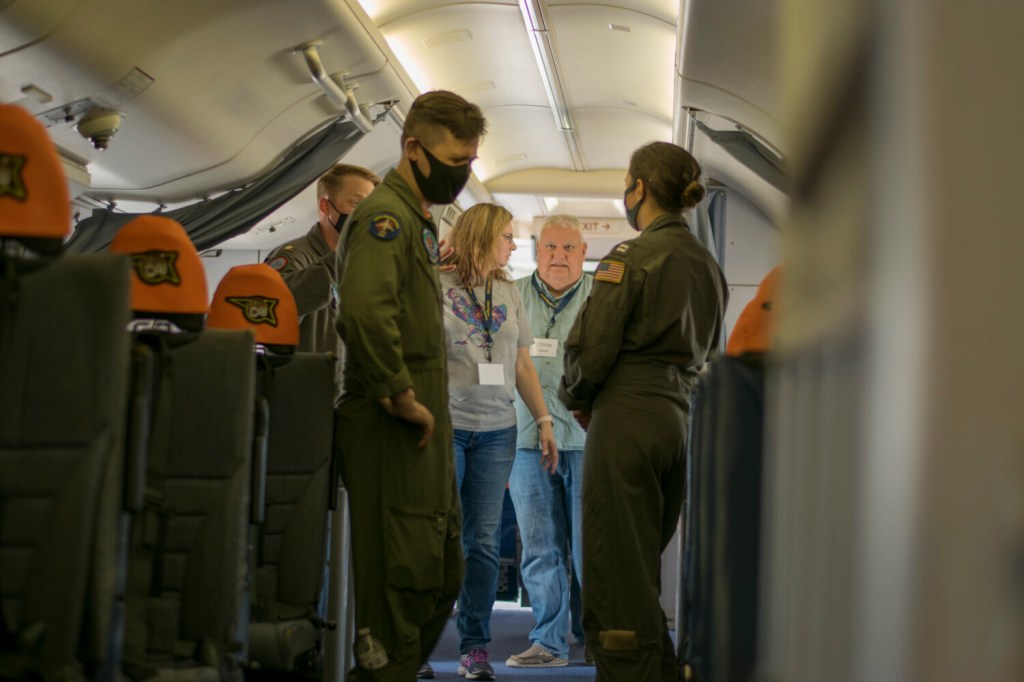
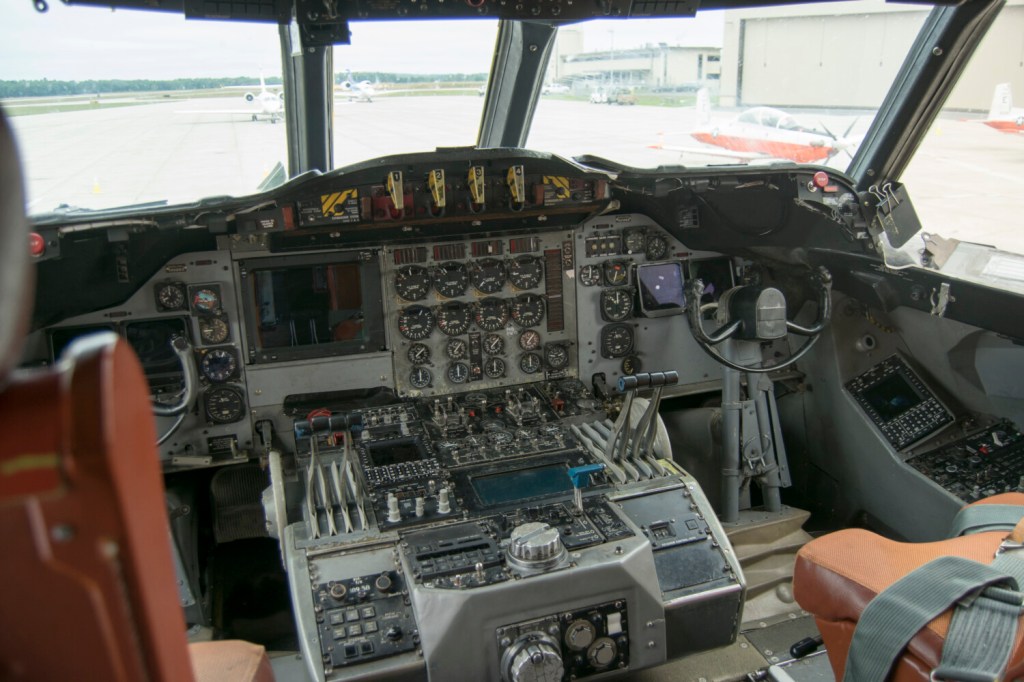
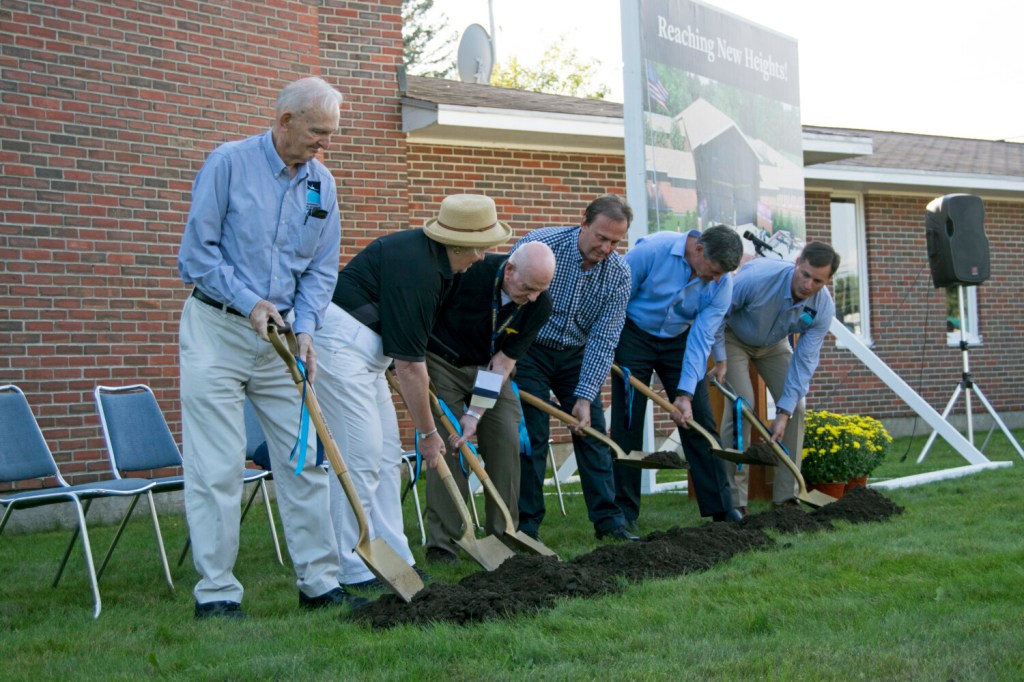
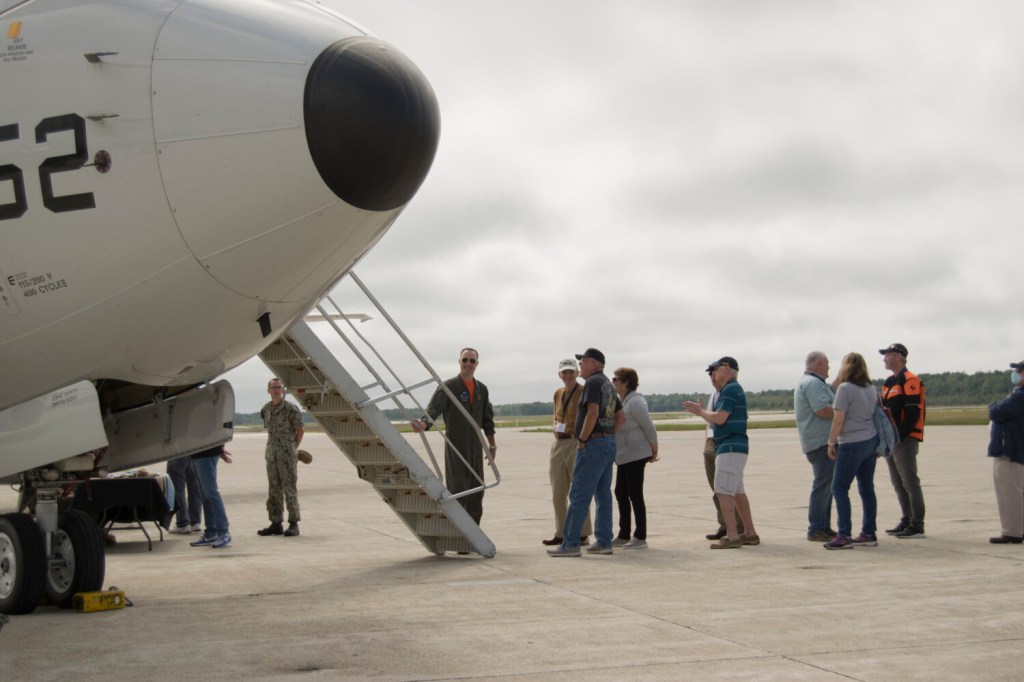
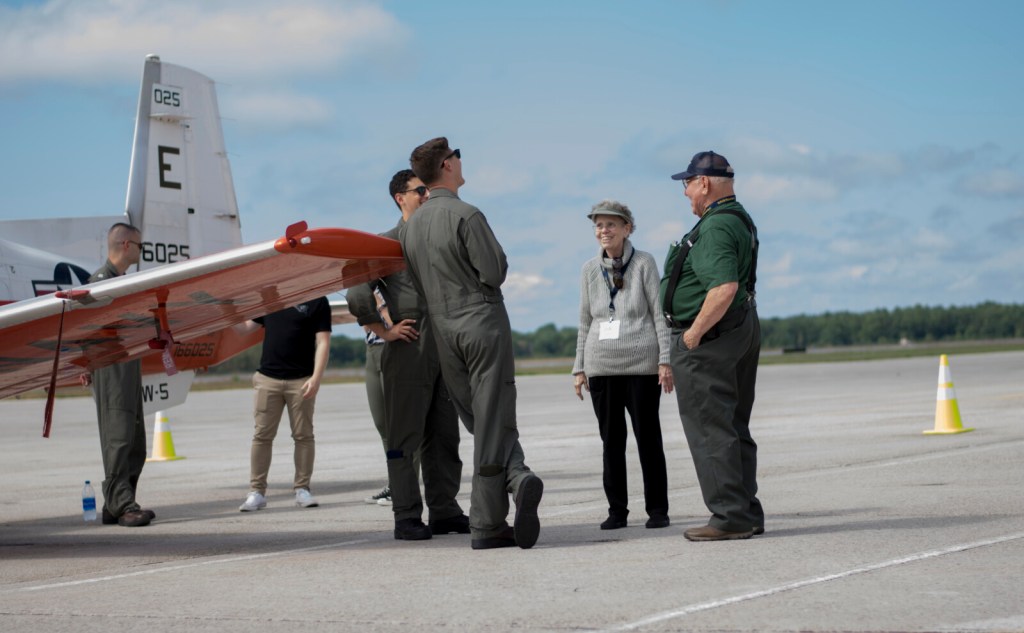
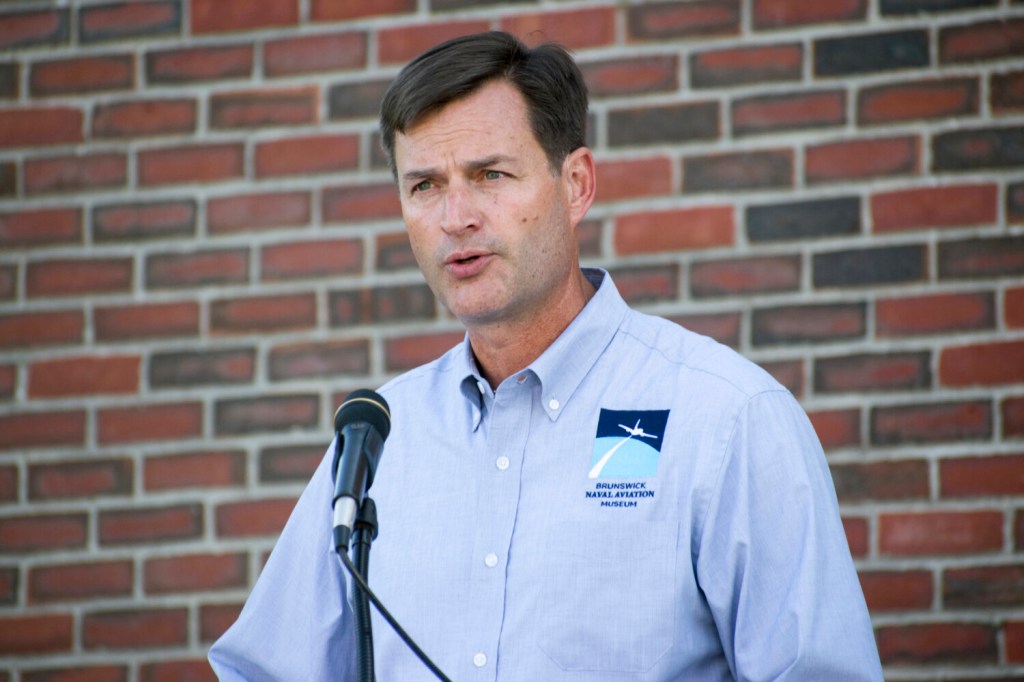

Success. Please wait for the page to reload. If the page does not reload within 5 seconds, please refresh the page.
Enter your email and password to access comments.
Hi, to comment on stories you must . This profile is in addition to your subscription and website login.
Already have a commenting profile? .
Invalid username/password.
Please check your email to confirm and complete your registration.
Only subscribers are eligible to post comments. Please subscribe or login first for digital access. Here’s why.
Use the form below to reset your password. When you've submitted your account email, we will send an email with a reset code.